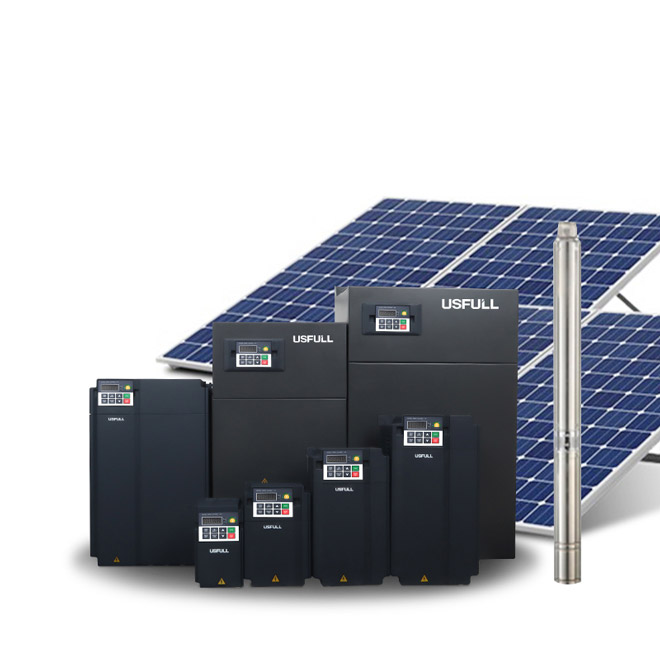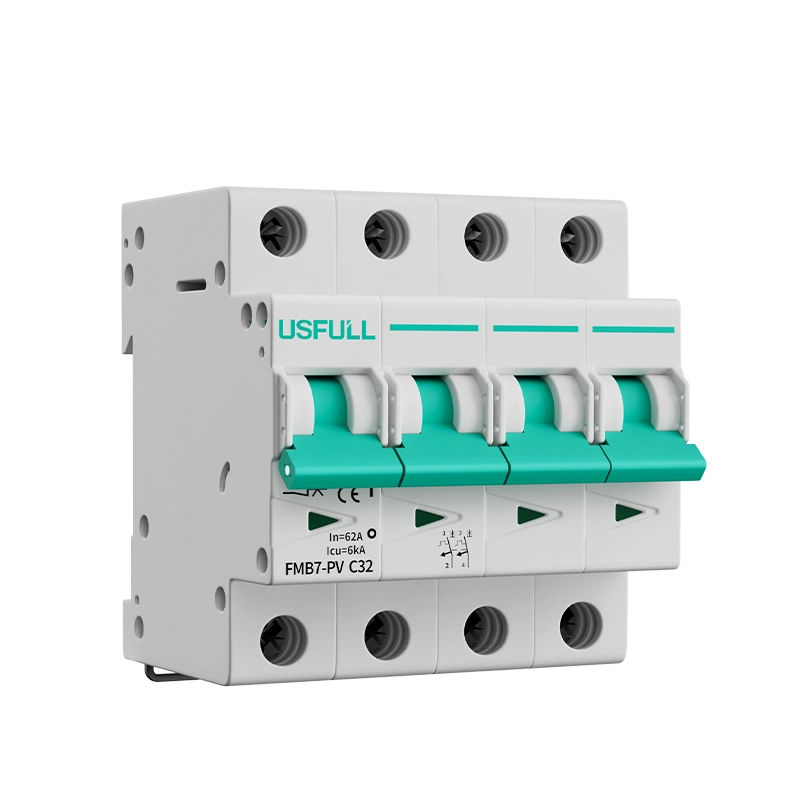Saudi Arabia is expected to offer the lowest bid in solar electricity
Saudi Arabia has officially launched a request for proposals (RFP) for 300MW of solar power – the RFP sits at the front end of a 9.5 GW solar rollout by 2023. The proposed project’s site has gone through full pre-development work with those site assessments will be made available to qualified parties. Bid due date is March 20th.
Earlier this month, Energy Minister Khalid Al-Falih said that “the terms on renewable contracts will be motivating so that the cost of generating power from these renewable sources will be the lowest in the world.” The previous lowest bid was by a Japanese-led group in Au Dhabi for 2.3¢/kWh as part of a ‘side bid’ of 1,170MW.
As we saw in India’s recent bids, government support and intelligently designed programs will lead toward record low prices when expectations scale to the multi-gigawatt level.
With the continued increases in solar panel efficiency, and falling solar module and utility-scale power plants, we expect that someone will bid 1.99¢/kWh or lower.
Khalid Al-Falih said in the statement ministry intends to set up “the most attractive, competitive and well-executed government renewable energy investment programs in the world.” Benefits that have been seen around the world that lower system costs: government guarantees of payment, long-term contracts written with all stakeholders in mind, positive permit environment, development access to strategic sites near viable energy infrastructure, intelligent payment for electricity produced (time of use in a place where demand is 50% for cooling in summer months), etc.
Al-Falih has stated that the total project will include more than simply building a solar power plant – it will be tied toward the larger goals of moving Saudi society away from its 90% dependence on oil. Part of the broader deal will be for the construction of solar module production factories, and education and R&D facilities that will allow future developments to cost even less while employing and educating locals.
The very specific economic reason the Saudis are moving to solar power: the Saudi populace is burning an increasingly larger amount of oil – 25% of all oil drawn – for producing electricity. And – that 25% is growing by 7% a year. Since oil can be sold at a higher price on the global market than the value of the electricity domestically – the basic economics dictate maximizing export value. And if they don’t begin to shift soon – a growing population that has growing needs will consume their cash cow.
Saudi Arabia does also have goals to export electricity to both Europe and Africa. “We will connect to Africa to exchange non-fossil sources of energy,” Energy, Industry and Mineral Recourses Minister Khalid Al-Falih announced at the World Future Energy Summit in Abu Dhabi in January. The European electricity export dreams have moved little since first being considered in 2012-2013. Announcements of 24GW by 2020 and 54GW by 2032 excited many with their grandeur – global volumes were 20-30GW/year in those days. Maybe we should look at these programs as a more pragmatic vision resulted from the deeper analysis from those days.




